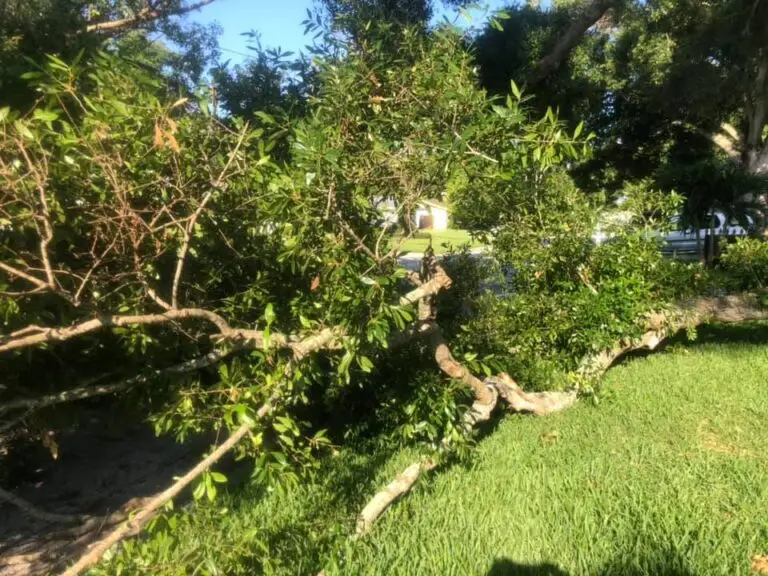
The Hazards of Having Trees on Your Property
Trees undoubtedly add beauty and character to any property. They provide shade and are home to various wildlife. However, have you ever considered the possibility that the tree on your property could be a hazard to your safety and property? It may sound unlikely, but dangerous trees are a real problem. In this blog, we will be discussing the top hazards of having trees on your property and what you can do to prevent any mishaps.
Overgrown Trees: One of the most common hazards of having trees on your property is that they can become overgrown. This means that the tree can grow to a significant size and become overwhelming. Overgrown trees often have weak branches that are susceptible to breaking or falling off. These branches can fall on you or your property, causing significant damage. Additionally, overgrown trees can also obscure views and possibly impact the value of your property.
Poor Maintenance: Trees require regular maintenance and care, like any other form of landscaping. When neglected, trees can become a serious hazard. Lack of maintenance can cause dead branches to remain on the tree, insect infestations, and diseases which can weaken the tree, leading to the possibility of the tree falling or breaking one of its limbs. Hence, it is essential to invest in regular maintenance so that trees on your property remain healthy and do not pose any risks.
Proximity to Property: Trees that are located too close to your property can be a threat to the structure of your home. Their roots can get underneath the foundation causing cracks or pulling the foundation out of place. Moreover, branches from these trees can scratch the siding of your home and cause further damage. As such, it is essential to leave enough space between your home and any trees you plant on your property. Make sure you consider the potential size of the tree when it is fully grown to avoid such risks.
Storm Damage: Trees can be easily damaged during storms, which can lead to considerable damage to your property. High winds can easily knock trees over, and if the tree is tall enough, it can land on your roof. Additionally, lightning strikes can be fatal to trees, leading to the chances of your house catching on fire. It is crucial to take precautions such as regular tree trimming and removal of any dead trees, which will lower the risk of your property being damaged during a storm.
Tree Species: Certain species of trees are more susceptible to being hazards, especially during adverse weather conditions. Fast-growing trees like Bradford Pears, for instance, have a shallow root system that can easily topple over in high winds. Other species like Cottonwoods can have brittle branches that break and cause significant damage. Hence, it’s essential to research trees appropriate for your climate and consider potential risks when selecting a tree for your property.
In conclusion, it’s vital to consider the potential risks associated with trees on your property to secure your safety and prevent property damage. Regular maintenance, selecting appropriate tree species, and choosing the right location while planting are necessary precautions. It’s advisable to hire tree care professionals for a thorough inspection and tree removal to avoid any hazardous situations. Remember, beautiful trees can be safe trees too.